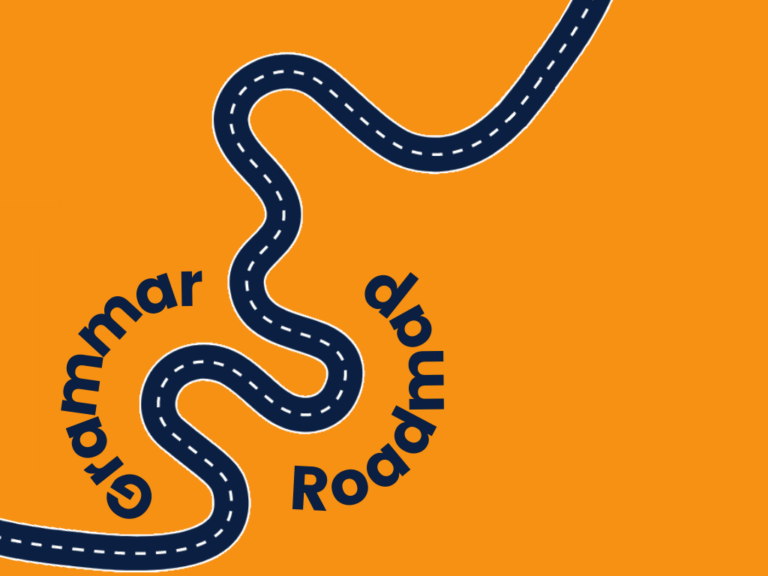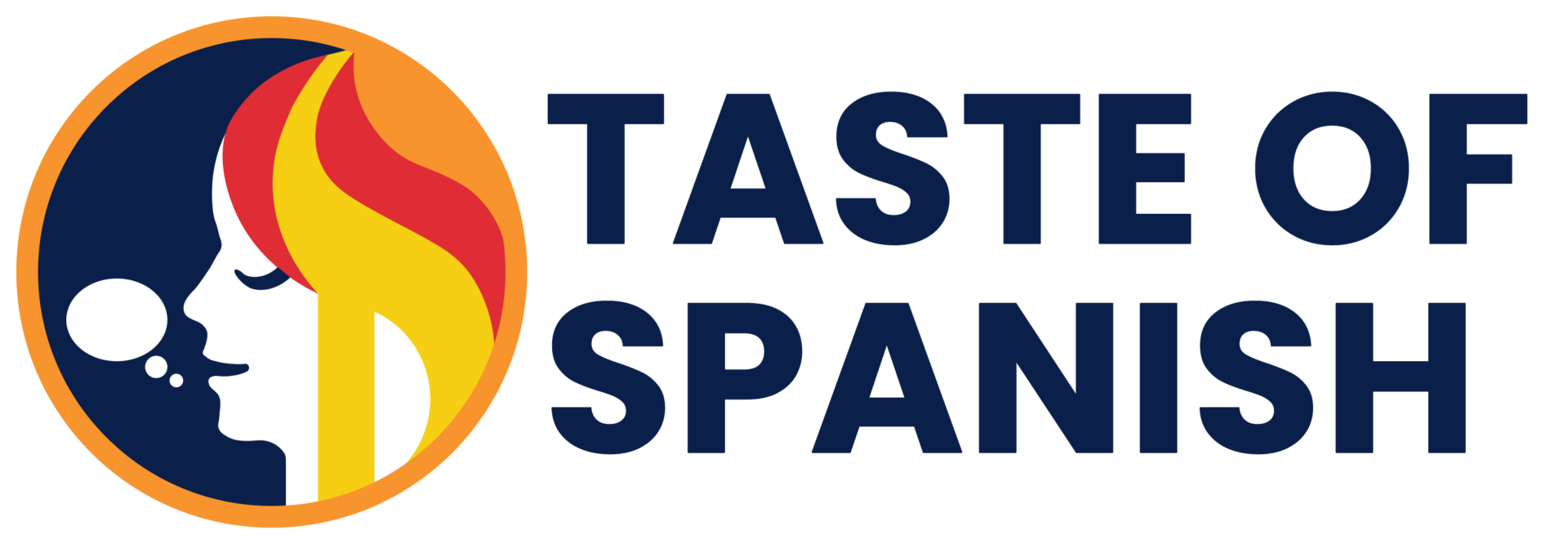
The Future Tense Roadmap
Welcome to the Future Tense Roadmap! The purpose of this roadmap is to guide you through a methodical process to improve your knowledge of the future tense, one step at a time.
No matter which stage of the journey you’re already at, simply follow the steps to learn, develop and excel in your ability to apply grammar rules and exceptions with ease.
KEY:
Present tense grammar is highlighted in red.
Future tense grammar is highlighted in orange.
Past tense grammar is highlighted in yellow.
Conditional tense grammar is highlighted in green.
Imperative mood grammar is highlighted in blue.
Subjunctive mood grammar is highlighted in purple.
Passive voice grammar is highlighted in white











¡VAMOS!
The Grammar Roadmap is a work in progress so please bear with us.
1. Simple Future (Futuro Simple / Futuro Imperfecto):
- Begin by explaining the concept of the simple future tense as the equivalent of “will” + base verb in English.
- Introduce regular verb conjugation patterns for -ar, -er, and -ir verbs in the simple future tense.
- Teach the formation of the simple future tense for regular verbs by adding the appropriate endings to the infinitive form of the verb.
- Introduce common irregular verbs in the simple future tense and their conjugation patterns.
- Practice forming affirmative, negative, and interrogative sentences using regular and irregular verbs in the simple future.
2. Near Future (Futuro Próximo):
- Explain the near future tense, which corresponds to “going to” + base verb in English.
- Form the near future tense using the present tense of the verb “ir” + “a” + infinitive verb.
- Emphasize that the near future tense is used for planned or intended actions in the near future.
- Provide examples and exercises to practice using the near future tense in different contexts.
3. Future Perfect (Futuro Perfecto):
- Introduce the future perfect tense, used to express actions that will be completed before a specific future time.
- Teach the formation of the future perfect tense using the simple future tense of the verb “haber” + past participle of the main verb.
- Emphasize that the future perfect is used to show the completion of an action before another future event.
- Provide examples and exercises to practice using the future perfect tense.
4. Future Continuous (Futuro Continuo):
- Explain the future continuous tense, which corresponds to the English “will be” + present participle.
- Form the future continuous tense using the simple future tense of the verb “estar” + gerund (-ando/-iendo form of the main verb).
- Discuss actions that will be ongoing at a specific future time.
- Practice forming affirmative, negative, and interrogative sentences using the future continuous tense.
5. Future Perfect Continuous (Futuro Perfecto Continuo):
- Introduce the future perfect continuous tense, expressing actions that will have been ongoing up to a specified future time.
- Teach the formation of the future perfect continuous tense using the future tense of the verb “haber” + “estado” + gerund of the main verb.
- Emphasize the duration of ongoing actions leading up to a particular future point.
- Provide examples and exercises to practice using the future perfect continuous tense.
6. Future Simple vs. Near Future:
- Compare and contrast the future simple and near future tenses to understand when each is used.
- Emphasize that the future simple is used for predictions and general future events, while the near future expresses planned actions.
7. Future Simple vs. Future Perfect:
- Differentiate between actions expressed in the future simple tense (will + base verb) and actions completed before a specific future time (future perfect).
- Provide examples and exercises to practice using both tenses to express different future scenarios.
8. Future Simple vs. Future Continuous:
- Help learners recognize the distinction between actions expressed in the future simple tense (will + base verb) and ongoing actions in the future (future continuous).
- Provide examples and exercises to reinforce the use of each tense in different contexts.
9. Future Simple vs. Future Perfect Continuous:
- Contrast the future simple tense (will + base verb) with actions that will have been ongoing up to a specified future time (future perfect continuous).
- Provide examples and exercises to practice using the future perfect continuous tense in various situations.
10. Expressions of Probability and Prediction in the Future: – Introduce phrases and expressions commonly used to express probability, predictions, and conjecture in the future tense. – Discuss how modal verbs like “deber,” “poder,” and “quizás” can be used to indicate uncertainty in future events.
11. Future Subjunctive (Futuro de Subjuntivo): – Present the concept of the future subjunctive mood and its use in expressing doubt, wishes, emotions, etc., in the future. – Teach regular and irregular verb conjugations in the future subjunctive tense. – Provide examples to practice using the future subjunctive in different contexts.
12. Future Subjunctive vs. Future Indicative: – Compare and contrast the future subjunctive and future indicative moods to understand when to use each one in different situations. – Highlight the use of the future subjunctive in dependent clauses expressing doubt, desire, or uncertainty about future actions.
Coming soon
Coming soon
Coming soon
Coming soon
Coming soon
Coming soon
Coming soon
Coming soon
Coming soon




